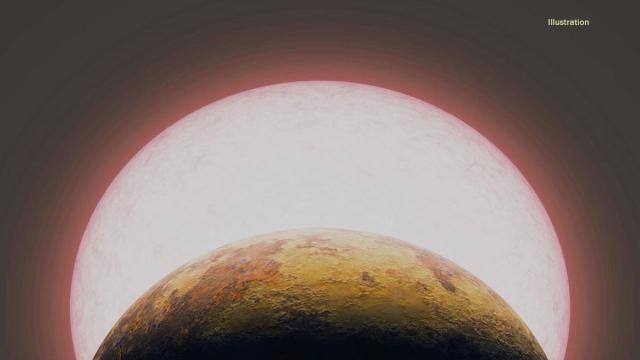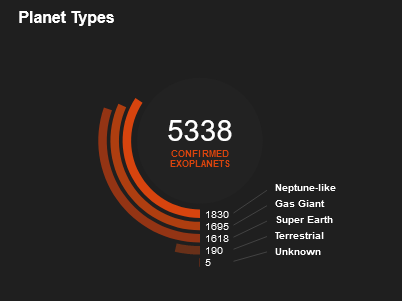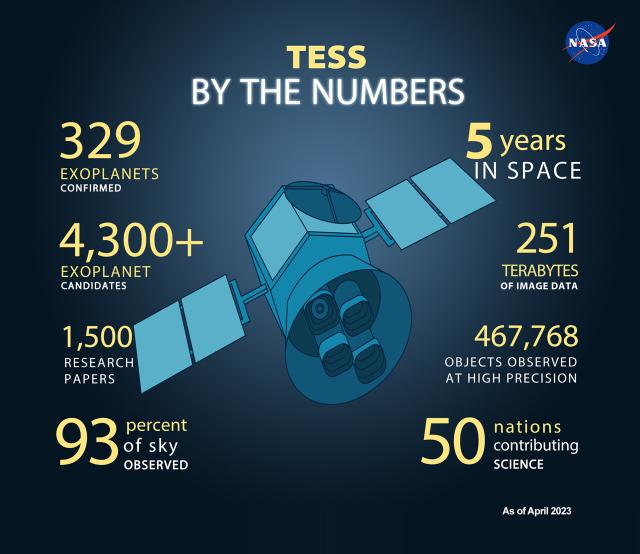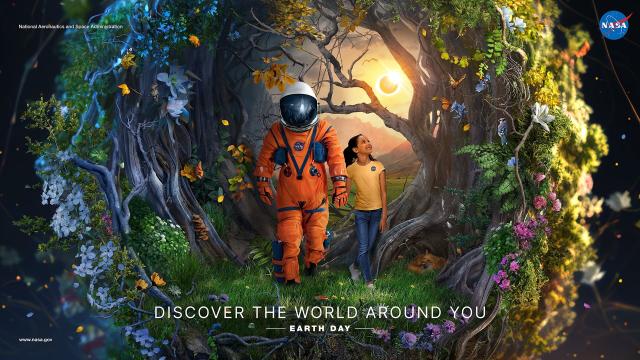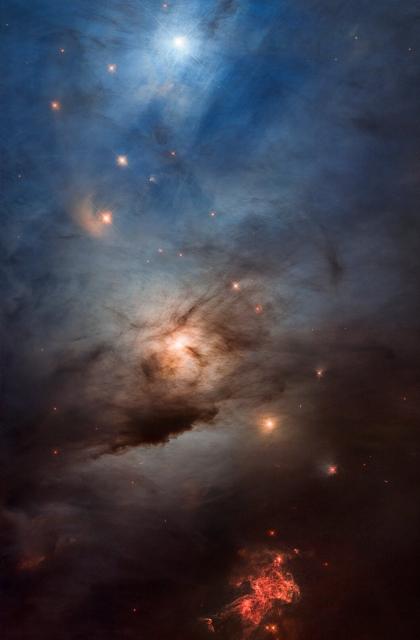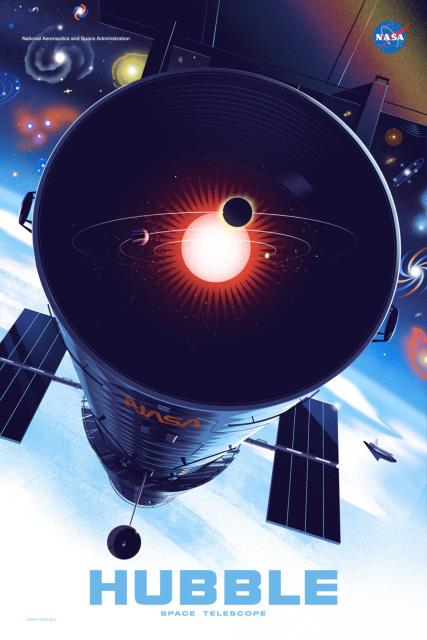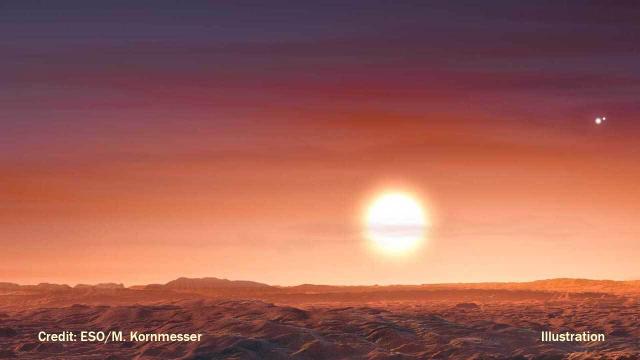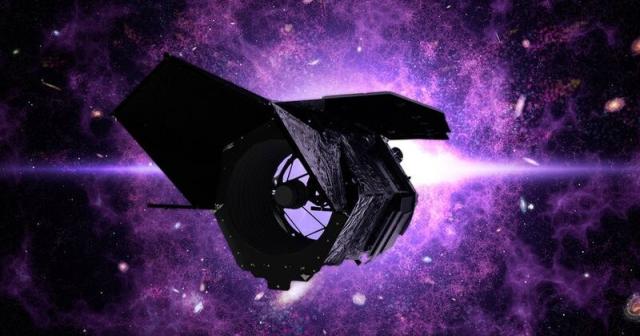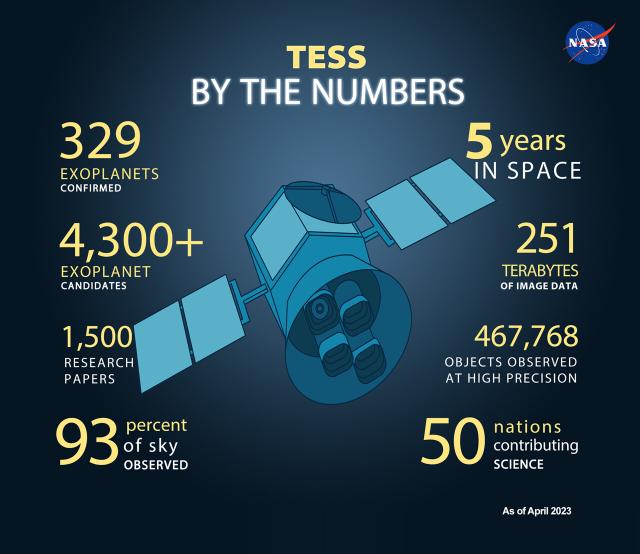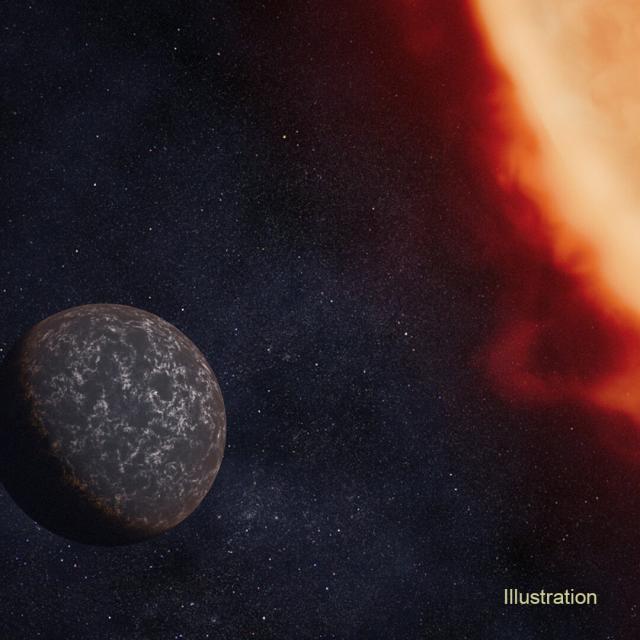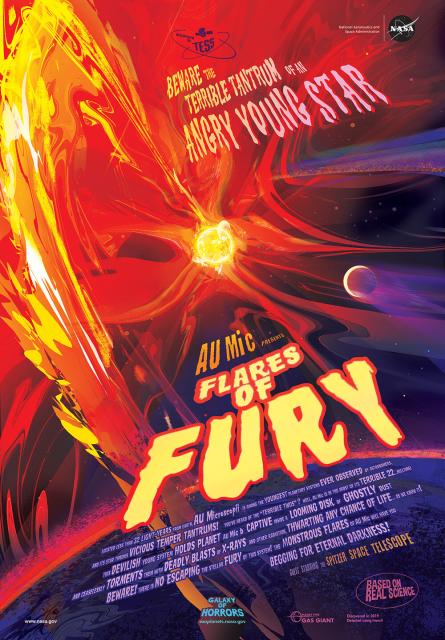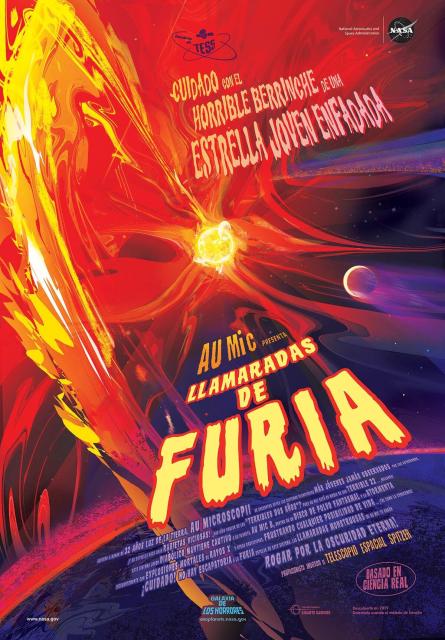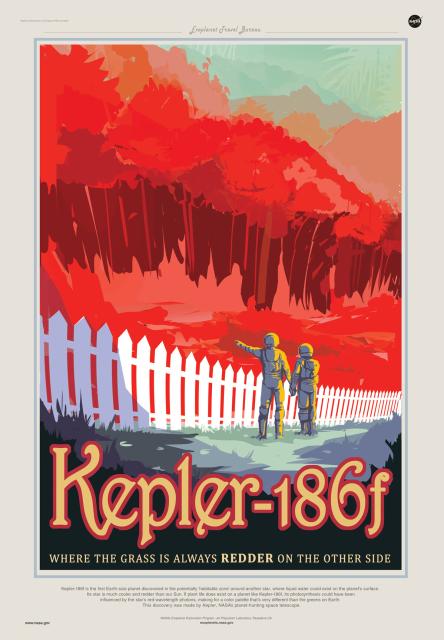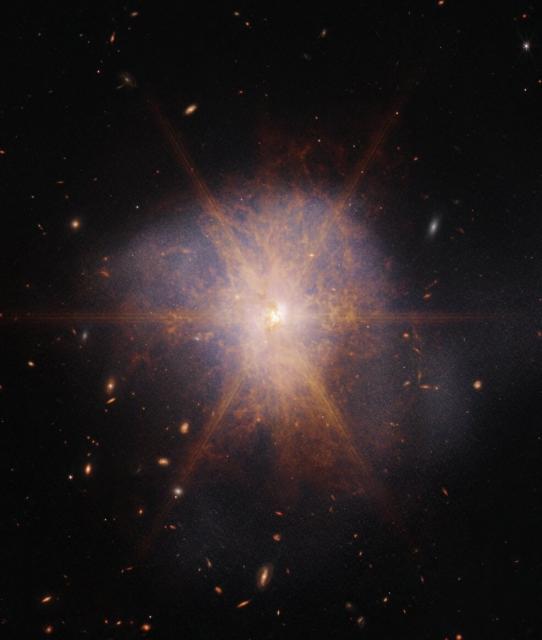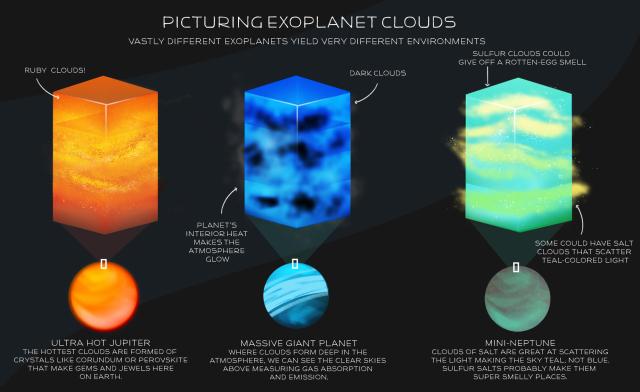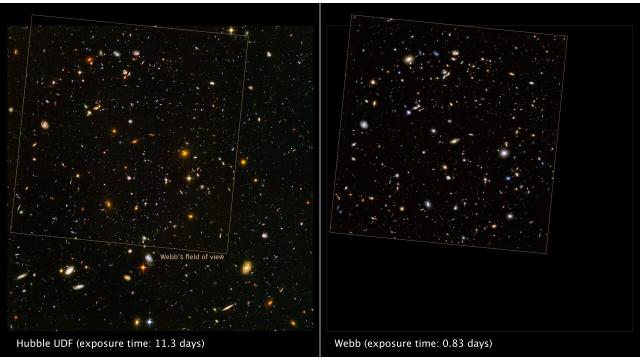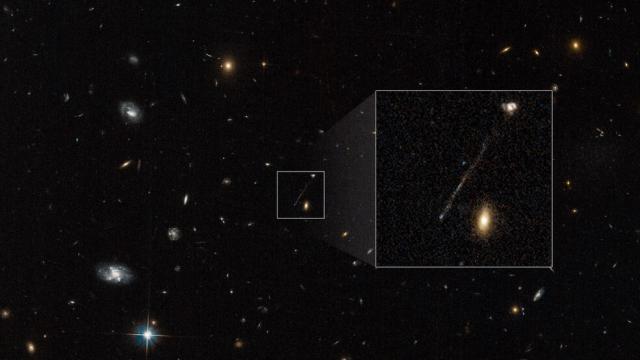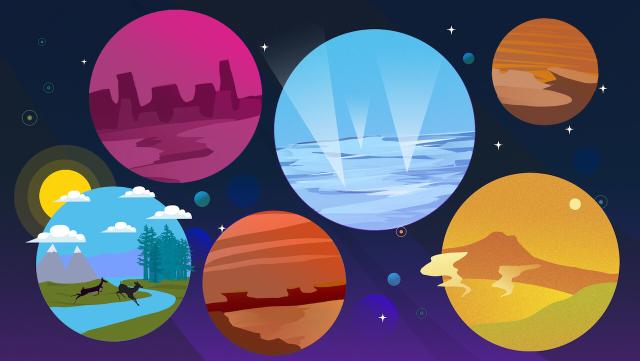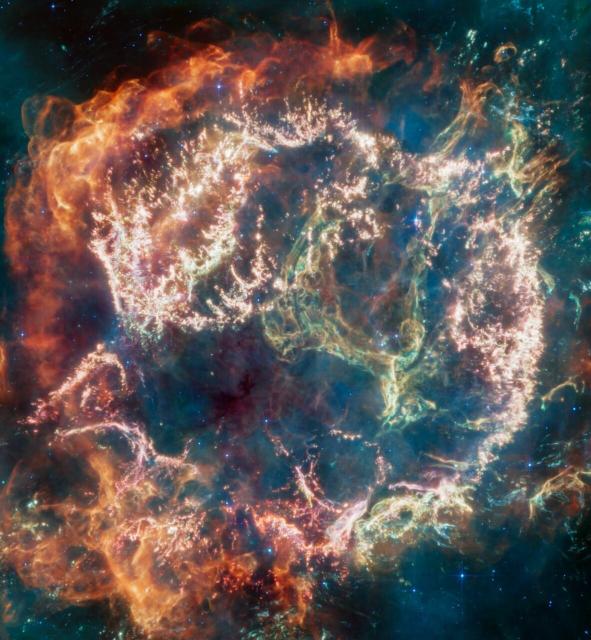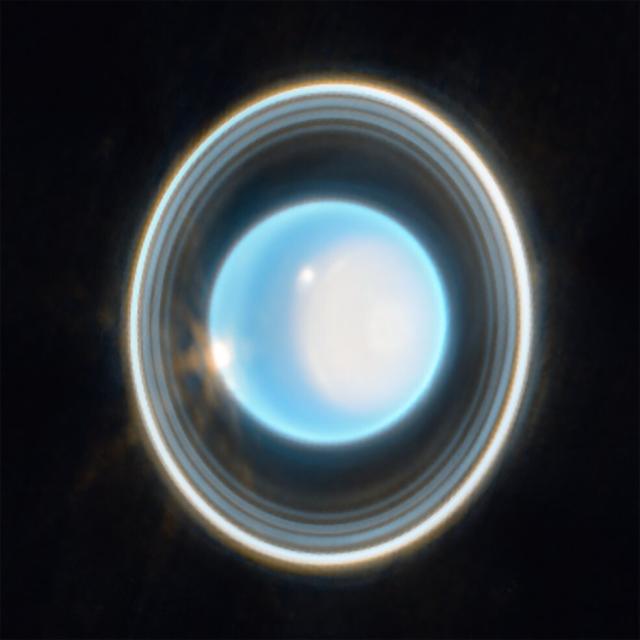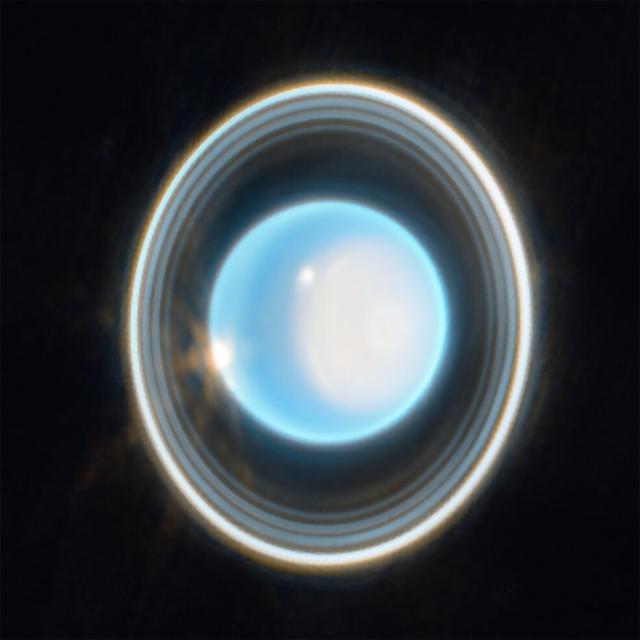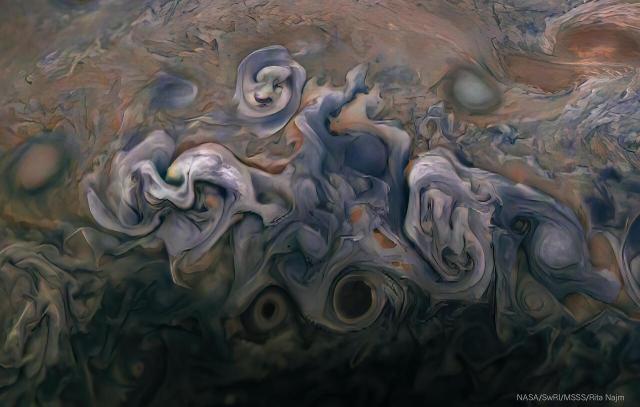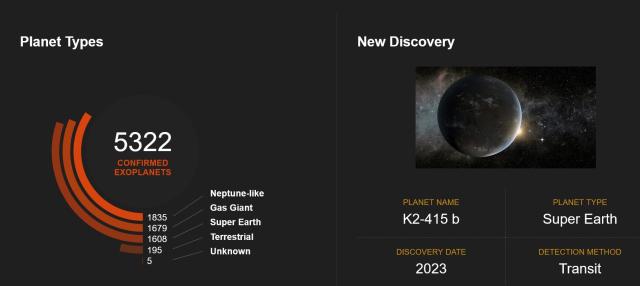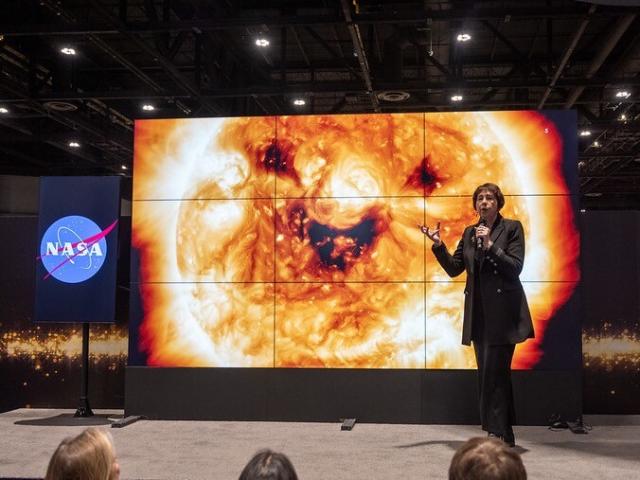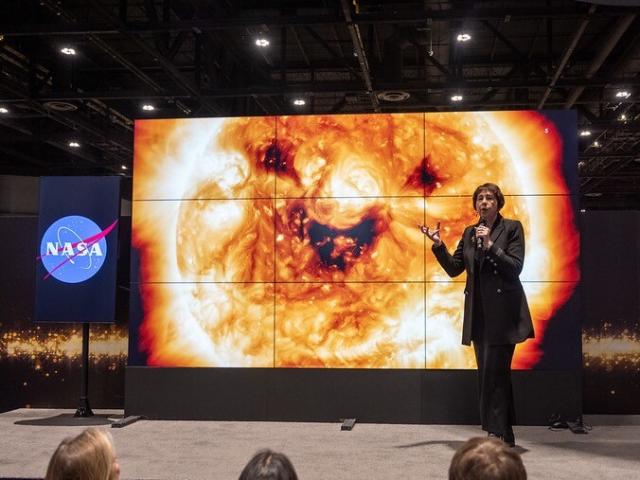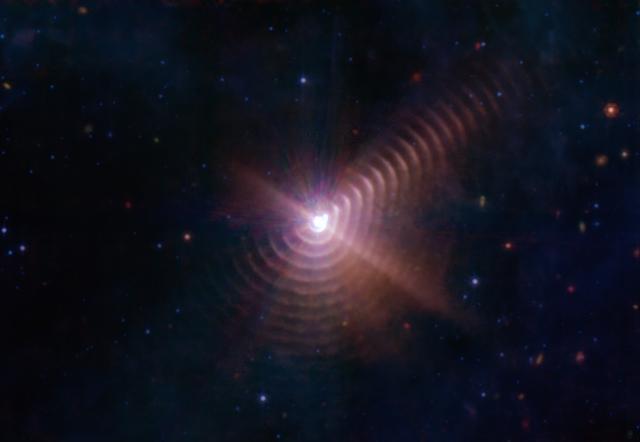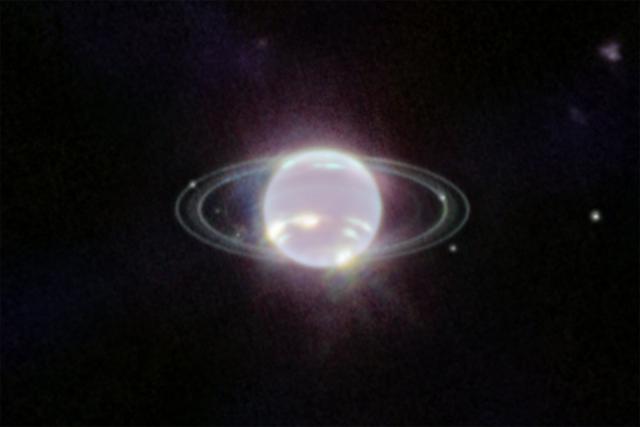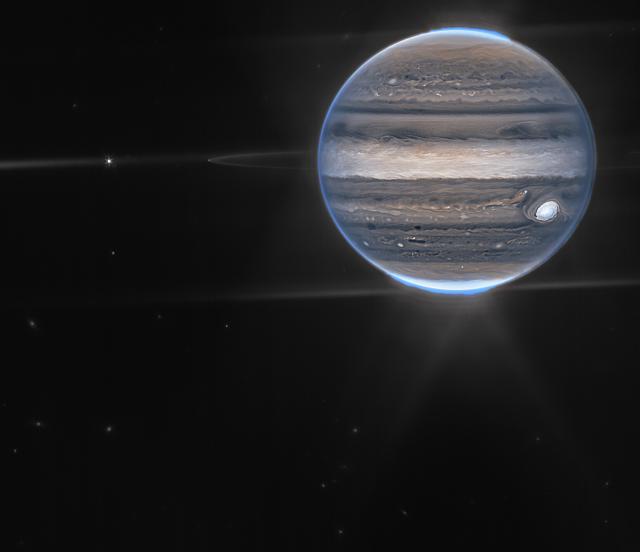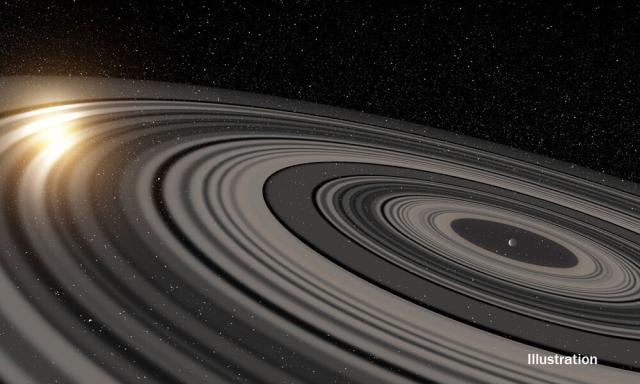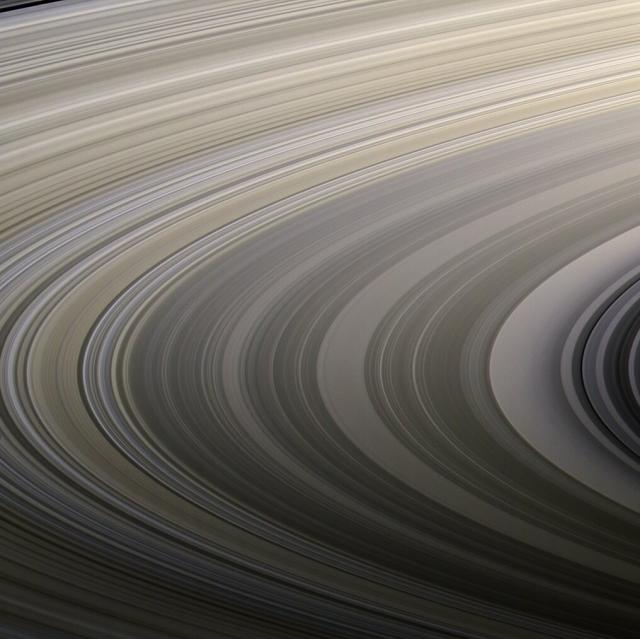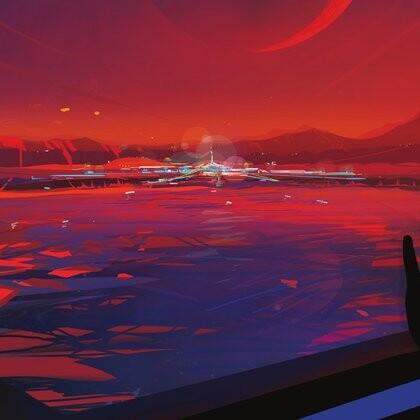Search
Items tagged with: NASAExoplanets
#NASAExoplanets
Discovery Alert: Massive Planet is a 'Hulk' among Super-Earths
New observations show that a previously identified exoplanet, TOI-1075 b, is among the most massive super-Earths found so far.Exoplanet Exploration: Planets Beyond our Solar System
#NASAExoplanets
Two Exoplanets May Be Mostly Water, NASA's Hubble and Spitzer Find
A team led by researchers at the University of Montreal has found evidence that two exoplanets orbiting a red dwarf star are "water worlds," where water makes up a large fraction of the entire planet.Andrea Gianopoulos (NASA)
#NASAExoplanets
Discoveries Dashboard | Discovery – Exoplanet Exploration: Planets Beyond our Solar System
See the latest real-time data dashboard from NASA on exoplanet discoveries, planet types, and more.Exoplanet Exploration: Planets Beyond our Solar System
#MondayMotivation: Never stop exploring!
#NASAExoplanets
Hubble Space Telescope Poster - Exoplanet Exploration: Planets Beyond our Solar System
In space for more than 30 years, Hubble truly is NASA’s most versatile, intrepid explorer. It brought the cosmos down to Earth.Exoplanet Exploration: Planets Beyond our Solar System
#NASAExoplanets
NASA’s TESS Celebrates Fifth Year Scanning the Sky for New Worlds
Now in its fifth year in space, NASA’s TESS mission has found 329 new worlds, thousands of candidates, and provided insights into a wide array of cosmic phenomena.Francis Reddy (NASA)
#NASAExoplanets
#NASAExoplanets
New Stellar Danger to Planets Identified by NASA's Chandra
Astronomers have determined supernova explosions pose yet another threat to planets and their atmospheres. This result comes from analysis of X-ray observations for over 30 supernovae using NASA’s Chandra X-ray Observatory and other telescopes.Lee Mohon (NASA)
#NASAExoplanets
Celebrate 10 Years of NuSTAR With a New Poster - Exoplanet Exploration: Planets Beyond our Solar System
NASA's Nuclear Spectroscopic Telescope Array, or NuSTAR, explores our universe with its X-ray vision.Exoplanet Exploration: Planets Beyond our Solar System
#NASAExoplanets
Hubble Celebrates 33rd Anniversary with Image of Star-Forming Region
Astronomers are celebrating NASA's Hubble Space Telescope's 33rd launch anniversary with an ethereal photo of a nearby star-forming region, NGC 1333. The nebula is in the Perseus molecular cloud, and located approximately 960 light-years away.Andrea Gianopoulos (NASA)
#NASAExoplanets
Hubble Space Telescope Poster - Exoplanet Exploration: Planets Beyond our Solar System
In space for more than 30 years, Hubble truly is NASA’s most versatile, intrepid explorer. It brought the cosmos down to Earth.Exoplanet Exploration: Planets Beyond our Solar System
#NASAExoplanets
An Earth-like atmosphere may not survive Proxima b's orbit
Proxima b, an Earth-size planet right outside our solar system in the habitable zone of its star, may not be able to keep a grip on its atmosphere, leaving the surface exposed to harmful stellar radiation.Exoplanet Exploration: Planets Beyond our Solar System
@NASARoman received new tech to measure the light of cosmic objects like galaxies and supernovae. When Roman launches by May 2027, scientists will use its data to unravel the secrets of dark energy and dark matter, and discover exoplanets. go.nasa.gov/3MWo3z9
#NASAExoplanets
Goddard Team Builds, Tests Calibrator for NASA’s Roman in Record Time
A vital subsystem for NASA’s Nancy Grace Roman Space Telescope was recently installed in the spacecraft’s Wide Field Instrument.Ashley Balzer (NASA)
#NASAExoplanets
NASA’s TESS Celebrates Fifth Year Scanning the Sky for New Worlds
Now in its fifth year in space, NASA’s TESS mission has found 329 new worlds, thousands of candidates, and provided insights into a wide array of cosmic phenomena.Francis Reddy (NASA)
#NASAExoplanets
NASA's TESS Rounds Up its First Planets, Snares Far-flung Supernovae
NASA’s Transiting Exoplanet Survey Satellite (TESS) has found three confirmed exoplanets, or worlds beyond our solar system, in its first three months of observations.Exoplanet Exploration: Planets Beyond our Solar System
#NASAExoplanets
#NASAExoplanets
Geology from 50 Light-Years: Webb Gets Ready to Study Rocky Worlds
Researchers will train Webb’s high-precision spectrographs on two intriguing rocky exoplanets.Jamie Adkins (NASA)
#NASAExoplanets
#NASAExoplanets
Kepler-186f - Guided Tour | Exoplanet Travel Bureau – Exoplanet Exploration: Planets Beyond our Solar System
Kepler-186f was the first exoplanet discovered in the habitable zone of another star.Exoplanet Exploration: Planets Beyond our Solar System
Our galaxy, seen from a distance, would appear as bright as 10 billion suns. @NASAWebb observed an object brighter than one *trillion* suns. It's actually two galaxies merging, leading to luminous star formation. go.nasa.gov/3oef1TD
#NASAExoplanets
Webb Captures the Spectacular Galactic Merger Arp 220
Shining like a brilliant beacon amidst a sea of galaxies, Arp 220 lights up the night sky in this view from NASA’s James Webb Space Telescope.Isabelle Yan (NASA)
#NASAExoplanets
Hubble Sees Possible Runaway Black Hole Creating a Trail of Stars
There's an invisible monster on the loose, barreling through intergalactic space so fast that if it were in our solar system, it could travel from Earth to the Moon in 14 minutes.Andrea Gianopoulos (NASA)
go.nasa.gov/3KZBblr
#NASAExoplanets
Exoplanet Clouds: 'Jewels' of New Knowledge
NASA's James Webb Space Telescope will take aim at exoplanet clouds, revealing secrets of their atmospheres.Exoplanet Exploration: Planets Beyond our Solar System
@NASAHubble's ultra deep field took 11+ days and revealed ~10,000 galaxies. @NASAWebb imaged the same area in 20+ hours and its resolution helps us understand how and when those galaxies developed. go.nasa.gov/3zPIBl5
#NASAExoplanets
#NASAExoplanets
Hubble Sees Possible Runaway Black Hole Creating a Trail of Stars
There's an invisible monster on the loose, barreling through intergalactic space so fast that if it were in our solar system, it could travel from Earth to the Moon in 14 minutes.Andrea Gianopoulos (NASA)
Within a globular cluster orbiting the center of our galaxy, @NASAHubble found two separate populations of red giant stars, one unusually helium rich. These observations challenge ideas about formation. Did they arise together? go.nasa.gov/3mk1Ekc
#NASAExoplanets
Hubble Spies a Multi-Generational Cluster
This image from the NASA/ESA Hubble Space Telescope shows the globular star cluster NGC 2419.Andrea Gianopoulos (NASA)
#NASAExoplanets
Life in the Universe: What are the Odds?
We don't know when, or even if, we'll find life beyond Earth, but NASA scientists continue the hunt among the thousands of exoplanets confirmed in the galaxy so far.Exoplanet Exploration: Planets Beyond our Solar System
#NASAExoplanets
Webb Reveals Never-Before-Seen Details in Cassiopeia A
A new mid-infrared image from NASA’s James Webb Space Telescope shows the supernova remnant Cassiopeia A (Cas A), created by a stellar explosion seen from Earth 340 years ago.Isabelle Yan (NASA)
It's both! Studying the ice giants in our solar system can help us refine models and increase our understanding of many of the *other* planets in our galaxy. (N)ice work, @NASAWebb! go.nasa.gov/3nTo3oO
#NASAExoplanets
NASA’s Webb Scores Another Ringed World With New Image of Uranus
Following in the footsteps of the Neptune image released in 2022, NASA’s James Webb Space Telescope has taken a stunning image of the solar system’s other ice giant, the planet Uranus.Jamie Adkins (NASA)
AROUND
URANUS!
Uranus is unique: It rotates on its side, at a ~90-degree angle. This causes extreme seasons as the poles experience 42 years of constant sunlight followed by 42 years of darkness. Has it ever looked better than @NASAWebb's view? go.nasa.gov/3nTo3oO
#NASAExoplanets
NASA’s Webb Scores Another Ringed World With New Image of Uranus
Following in the footsteps of the Neptune image released in 2022, NASA’s James Webb Space Telescope has taken a stunning image of the solar system’s other ice giant, the planet Uranus.Jamie Adkins (NASA)
#NASAExoplanets
#NASAExoplanets
Hubble Views an Intriguing Active Galaxy
This luminous image from the NASA/ESA Hubble Space Telescope shows Z 229-15, a celestial object that lies about 390 million light-years from Earth in the constellation Lyra.Andrea Gianopoulos (NASA)
#NASAExoplanets
Discoveries Dashboard | Discovery – Exoplanet Exploration: Planets Beyond our Solar System
See the latest real-time data dashboard from NASA on exoplanet discoveries, planet types, and more.Exoplanet Exploration: Planets Beyond our Solar System
#NASAExoplanets
#NASAExoplanets
Circuses
Planets
…and Stars?
5,300 light-years away, two giant stars come together every 8 years with such force that stellar material is blown away. Each meeting forms a new ring. @NASAWebb captured a century+ of this dance. go.nasa.gov/3RYZlwG
#NASAExoplanets
Star Duo Forms ‘Fingerprint’ in Space, NASA’s Webb Finds
A new image shows at least 17 dust rings created by a rare type of star and its companion locked in a celestial dance.Tony Greicius (NASA)
#NASAExoplanets
New Webb Image Captures Clearest View of Neptune’s Rings in Decades
NASA’s James Webb Space Telescope shows off its capabilities closer to home with its first image of Neptune.Jessica Merzdorf (NASA)
#NASAExoplanets
Super-Saturn: astronomers find a massive ring system around an exoplanet
Astronomers, have discovered that the ring system that they see eclipse the very young Sun-like star J1407 is of enormous proportions, much larger and heavier than the ring system of Saturn.Exoplanet Exploration: Planets Beyond our Solar System
#NASAExoplanets
Hubble Finds Saturn's Rings Heating Its Atmosphere
Saturn's vast ring system is heating the giant planet's upper atmosphere. The phenomenon has never before been seen in the solar system.Andrea Gianopoulos (NASA)
#NASAExoplanets
TRAPPIST-1e - Guided Tour | Exoplanet Travel Bureau – Exoplanet Exploration: Planets Beyond our Solar System
Just 40 light-years away from Earth, the seven rocky worlds of TRAPPIST-1 would allow you to planet hop, one by one!Exoplanet Exploration: Planets Beyond our Solar System
